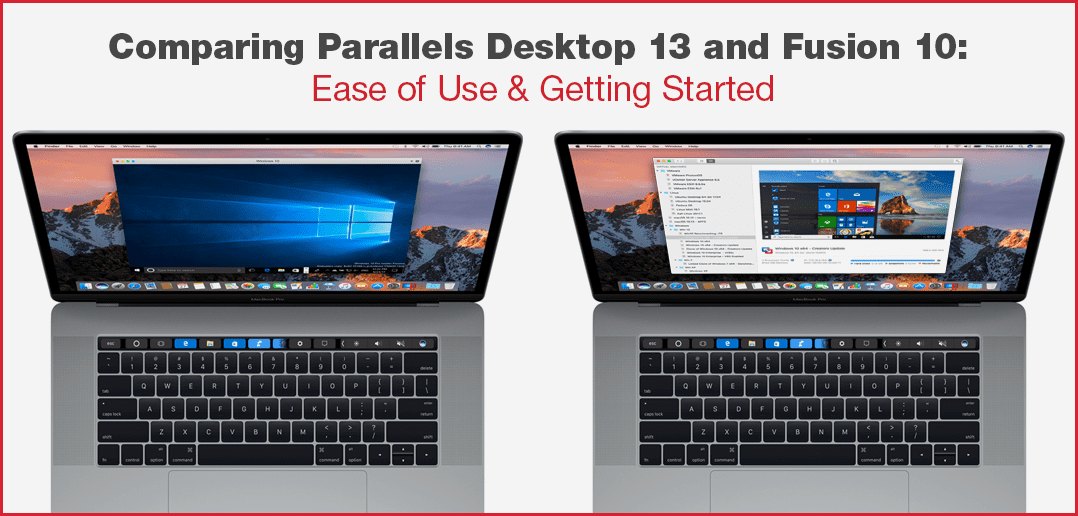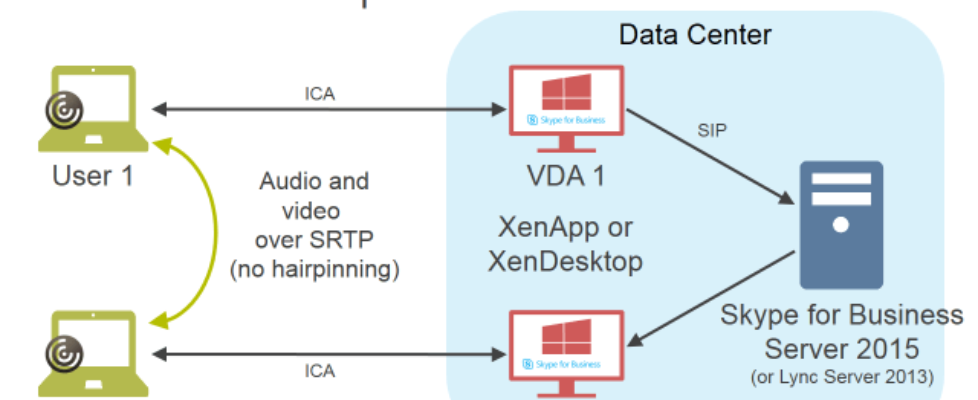

- Parallels desktop vs vmware fusion 2016 for mac#
- Parallels desktop vs vmware fusion 2016 install#
- Parallels desktop vs vmware fusion 2016 upgrade#
- Parallels desktop vs vmware fusion 2016 windows#
It gives you, the reader, an even-handed assessment as to performance for the areas that we cover (virtual machine actions, file I/O, CPU footprint, IE and Microsoft Office, and of course, 3D graphics and games). This benchmark suite, as it has been in the past, is made up of several thousand tests, many of which are done with a stopwatch to give you real world results.

Virtualization is also one of the key topics at MacTech Boot Camp in San Francisco on January 26th, 2011 If you want to get that issue delivered to your door, now is the time to subscribe. Parallels Desktop 6 and our January issue of MacTech Magazine in print will be talking more about virtualization. We’ll shortly be releasing comprehensive results on our tests of VMware Fusion 3.1 vs. Rather than look at the ‘version-dot-oh’ release, we typically wait for versions to settle down a bit so that we can give our readers results that are relevant for a longer period.
Parallels desktop vs vmware fusion 2016 for mac#
How does VMware Fusion 3.1 and Parallels Desktop 6 for Mac compare? PREVIEWįor the past several weeks, MacTech has been working on its latest benchmarks for virtualization.
Parallels desktop vs vmware fusion 2016 install#
However, it is worth noting that this license is per user, so you can install VMware Fusion on all your personal devices.īoth virtual machines are available with a free trial, the only difference between the two being that Parallels Desktop provides a 14-day trial and a 30-day money-back guarantee, while VMware Fusion can be tested for 30 days before you are prompted to buy a license.NOTE: The full article is now available here.
Parallels desktop vs vmware fusion 2016 upgrade#
The company behind the software charges users for a lifetime license, as well as offering an upgrade at a discounted price. VMware Fusion's pricing strategy is a bit different, just like its feature set. The lifetime license option is priced higher at $99.99. Parallels Desktop is available as a subscription, which means that users will always get the latest software and features, but the license is on a per computer basis. What makes the difference, though, is the pricing strategy that the two companies follow. The heavy load of features makes choosing between these two virtual machine software packages a hard task since both have the same $79.99 price tag in the U.S. Unfortunately, this is where VMware Fusion falters, since it doesn’t support automated snapshots as Parallels Desktop does and, therefore, means users are unable to restore their virtual machines without losing any data. When it comes to virtual machines, though, their ability to take snapshots of the guest operating system is one of the most convenient features, making troubleshooting much easier. VMware Fusion Hardware Allocation Options

It lacks the energy saving settings of Parallels Desktop, however, although it does also pause the virtual machine when it detects a period of zero activity. When it comes to performance, VMware Fusion feels just as quick sometimes the reaction time is faster than Parallels' but the boot times matched that of its rival. Compared to its main competitor, VMware's isolated or seamless integration of the secondary OS is far more simplified and automated. Running this VMM will streamline the integration level of the guest operating system at a very early stage.
Parallels desktop vs vmware fusion 2016 windows#
While it doesn't have the one-click Windows install option of Parallels’ software, VMware Fusion is a trustable hypervisor for a wide number of guest operating systems. Downsides include the Windows app appearing in the dock as an app folder and Coherence mode in need of some design tweaking. But it is in the performance where Parallels really shines, with a noticeably speedy boot up time when launching Windows. Parallels will also pause the virtual machine if it notices that no apps are running. Running two operating systems on the same computer will obviously have an impact on system resources, but Parallels Desktop offers the option to optimize energy saving settings for more personally tailored performance.


 0 kommentar(er)
0 kommentar(er)
